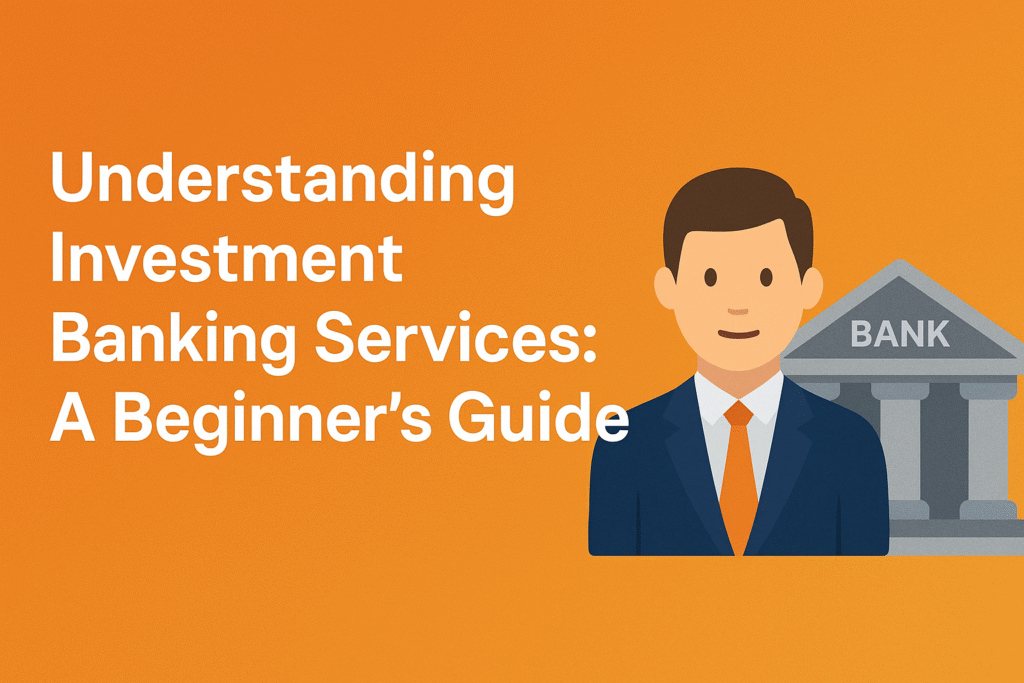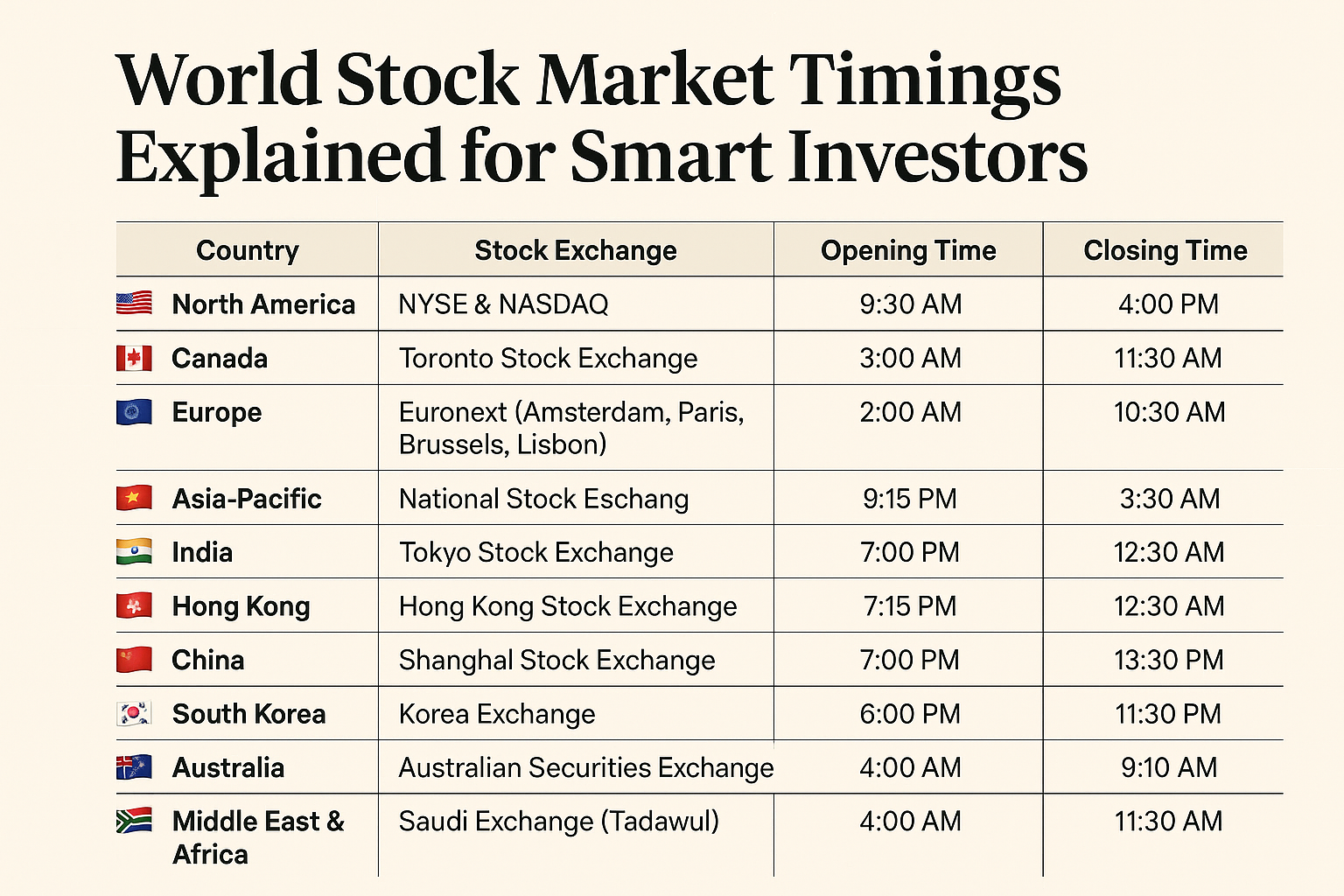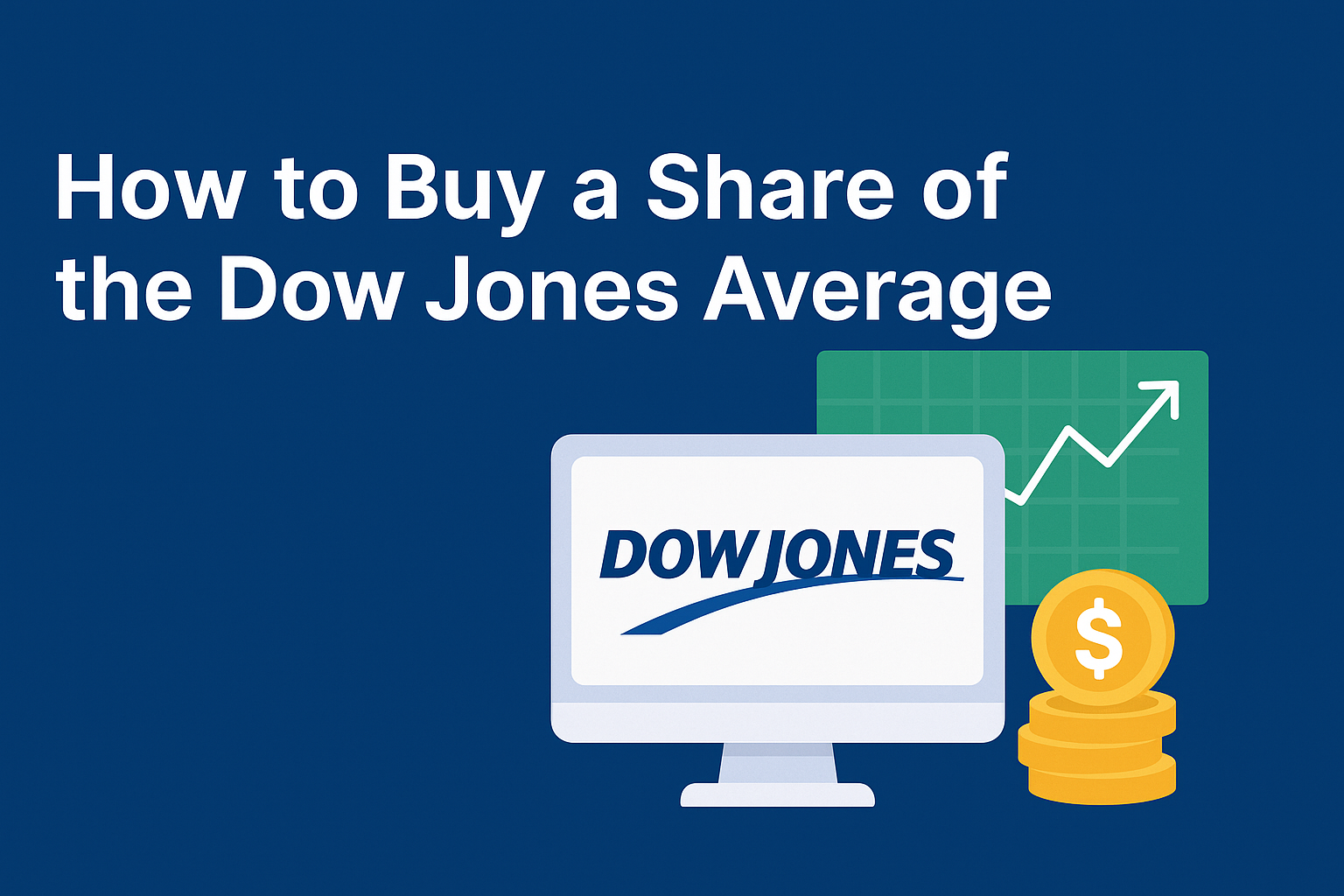Discover the key differences between investment banking and commercial banking. This guide explains how each works, their roles in the economy, services offered, and what beginners should know before diving into the world of finance.

In the world of finance, the terms investment banking and commercial banking often confuse beginners. Though both are part of the banking industry, they perform very different roles. This guide will help you understand the basics, history, functions, and future of both types of banking — especially if you’re new to the subject.
What Is Investment Banking?
Investment banks help companies, institutions, and even governments raise money, manage large financial transactions, and offer advisory services.
They do not usually deal with individual consumers the way regular banks do.
Core Functions of Investment Banks:
| Function | Description |
|---|---|
| Underwriting | Helping firms raise capital by issuing stocks or bonds |
| Mergers & Acquisitions | Advising companies during mergers, acquisitions, or business sales |
| Trading & Sales | Buying and selling securities for clients or their own portfolios |
| Research | Providing financial analysis and investment insights to institutional clients |
| Asset Management | Managing investments for high-net-worth individuals or institutions |
What Is Commercial Banking?
Commercial banks are what most people use in their daily lives. They provide services like savings accounts, personal loans, credit cards, and business loans.
💼 Common Services of Commercial Banks:
| Service | Description |
|---|---|
| Deposits | Savings, current, and fixed deposit accounts |
| Loans and Credit | Home loans, personal loans, business loans, and credit cards |
| Payment Services | ATM access, online banking, UPI, debit cards |
| Financial Advisory | Basic investment services for the general public |
| Business Services | Business checking accounts, payroll, and business loans |
Key Differences at a Glance
| Feature | Investment Banking | Commercial Banking |
|---|---|---|
| Customer Type | Corporates, Governments, Institutions | General public and small businesses |
| Services | Capital markets, M&A, IPOs | Savings, loans, credit services |
| Risk Level | High | Moderate to Low |
| Regulations | Tightly regulated by financial authorities | Regulated under central banking rules |
| Revenue Source | Fees, trading, advisory | Interest on loans, service fees |
Brief History
| Timeline | Commercial Banking | Investment Banking |
|---|---|---|
| 19th Century | Grew with industrial revolution | JP Morgan, Goldman Sachs emerged |
| 1930s | Separated after Glass-Steagall Act (USA) | Pure investment and pure commercial split |
| 1999 | Act repealed, allowing mixed services | Banks could now offer both services |
| Today | Specialized or mixed banks exist | Both play critical roles in financial world |
Future of Banking
| Trend | Investment Banking | Commercial Banking |
|---|---|---|
| AI & Automation | Enhancing research, risk analysis | Improving customer experience |
| Digital Transformation | Smart platforms for IPO and trading | Fully digital savings & loan services |
| Globalization | More cross-border deals | Wider reach to remote banking customers |
| ESG Investments | Focus on green finance | Sustainable loan offerings |
Which One Is Right for You?
If you’re an individual consumer, commercial banks are your go-to for day-to-day services like saving, borrowing, or basic investing.
If you’re a business owner, investment banking might help you expand, raise capital, or go public.
Conclusion
Both investment banking and commercial banking are essential pillars of the financial world. They serve different clients, offer different services, and have different risk profiles. As a beginner, knowing how each works helps you make informed decisions — whether you’re saving money, starting a business, or planning a big financial move.



